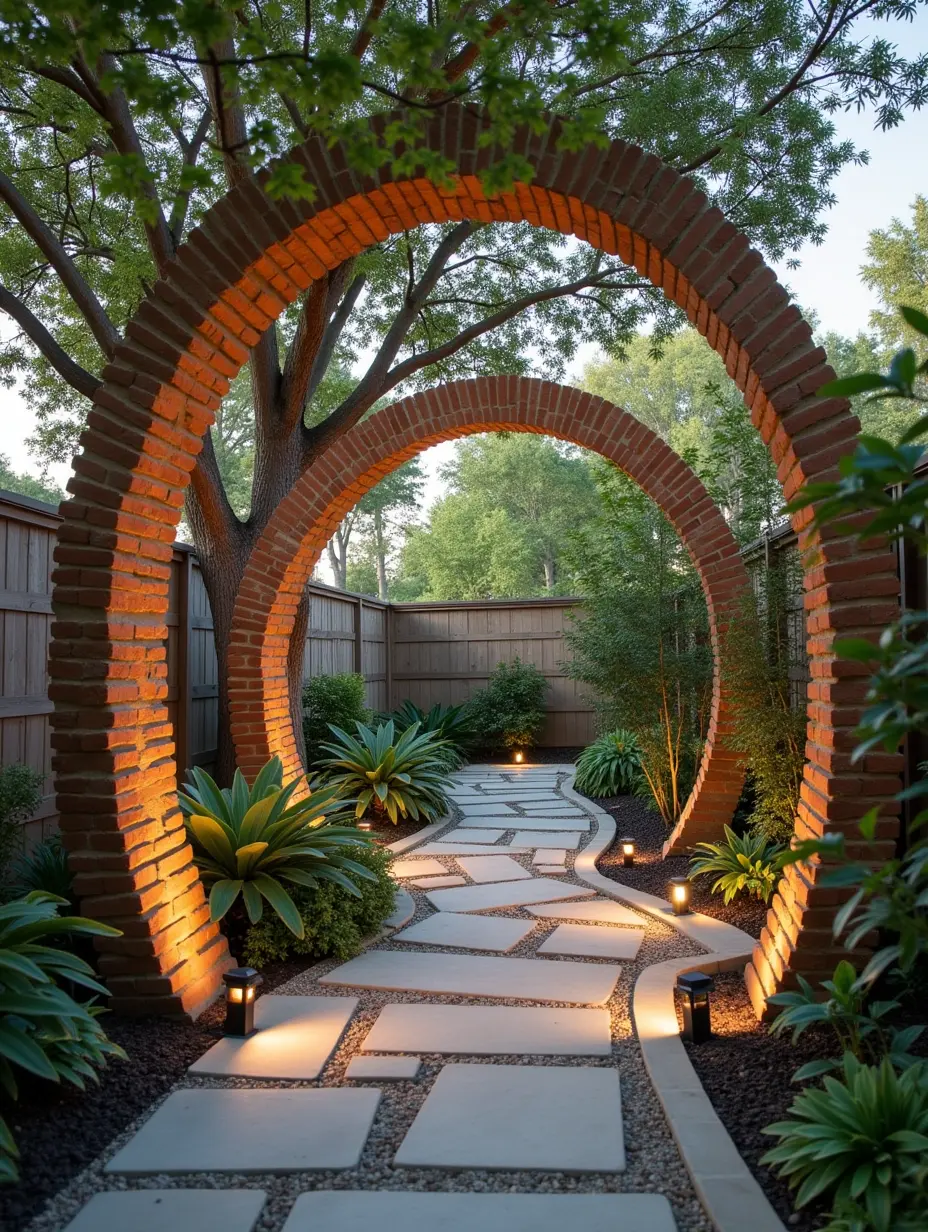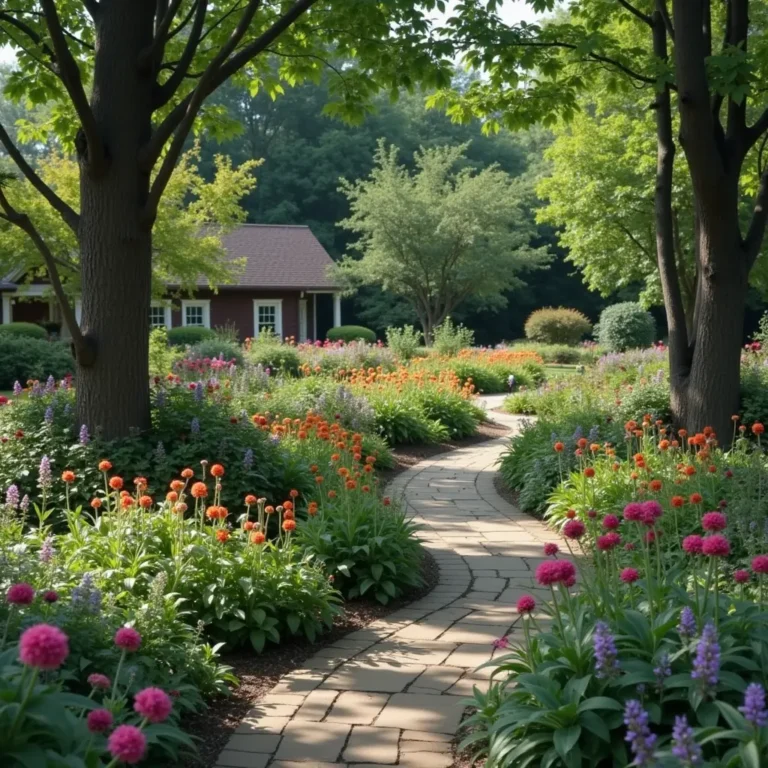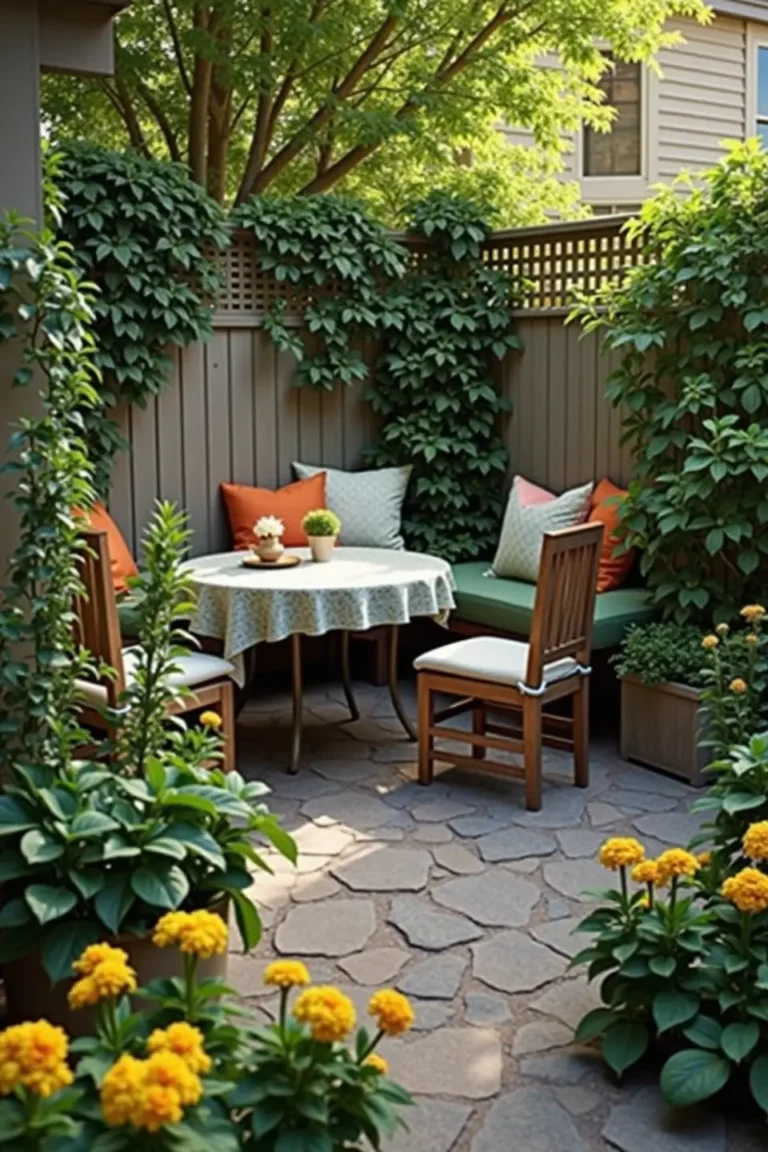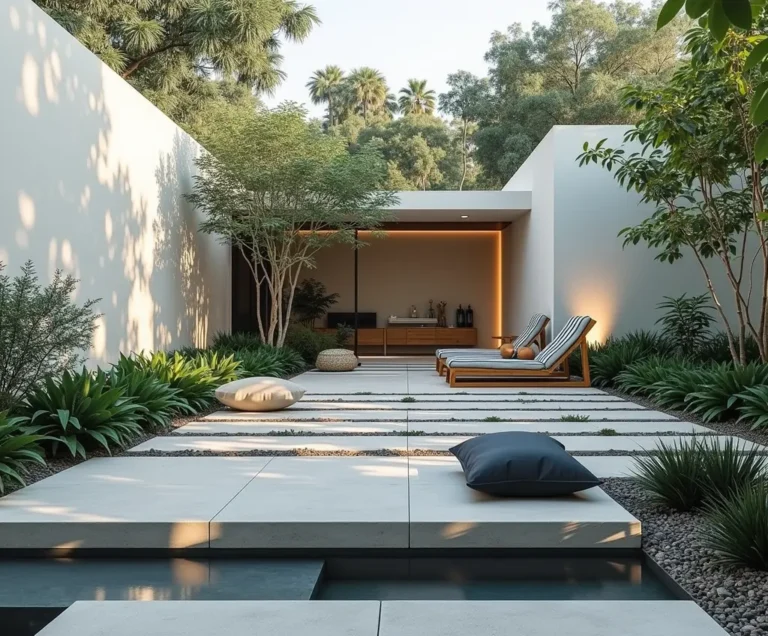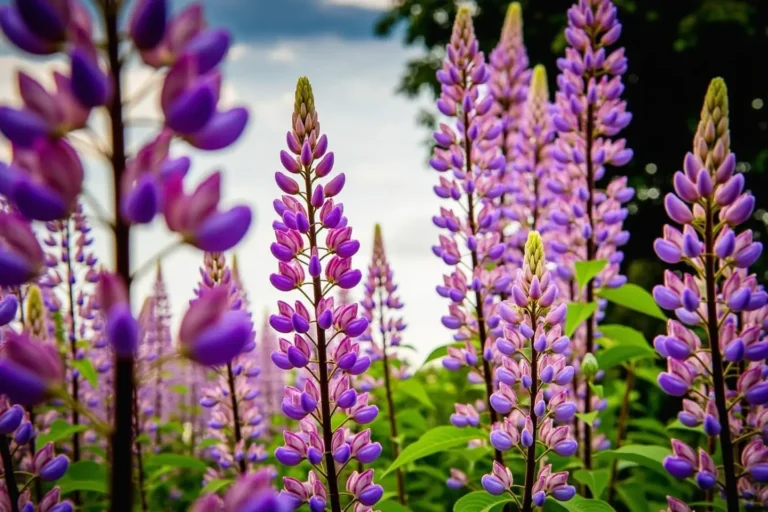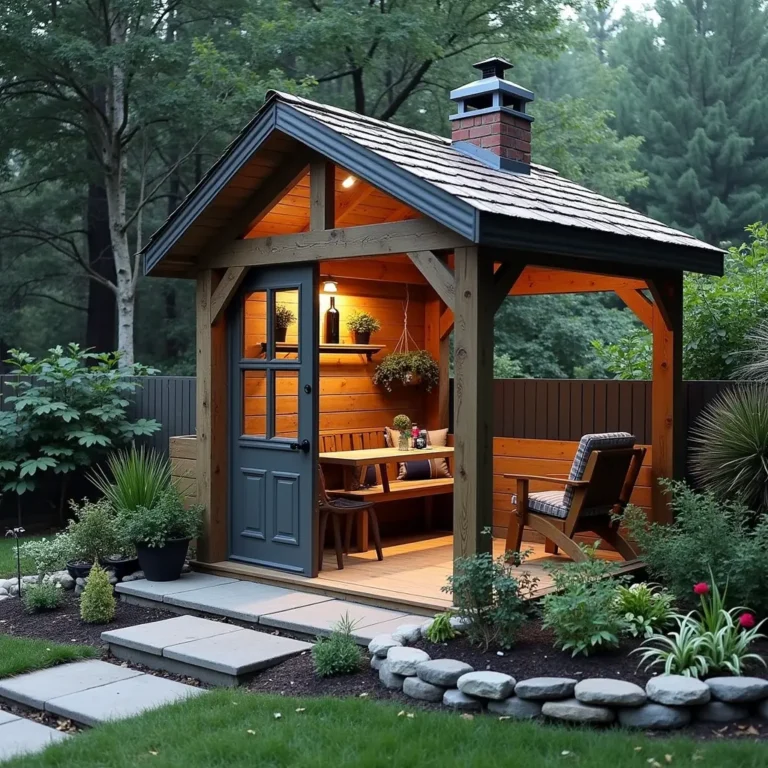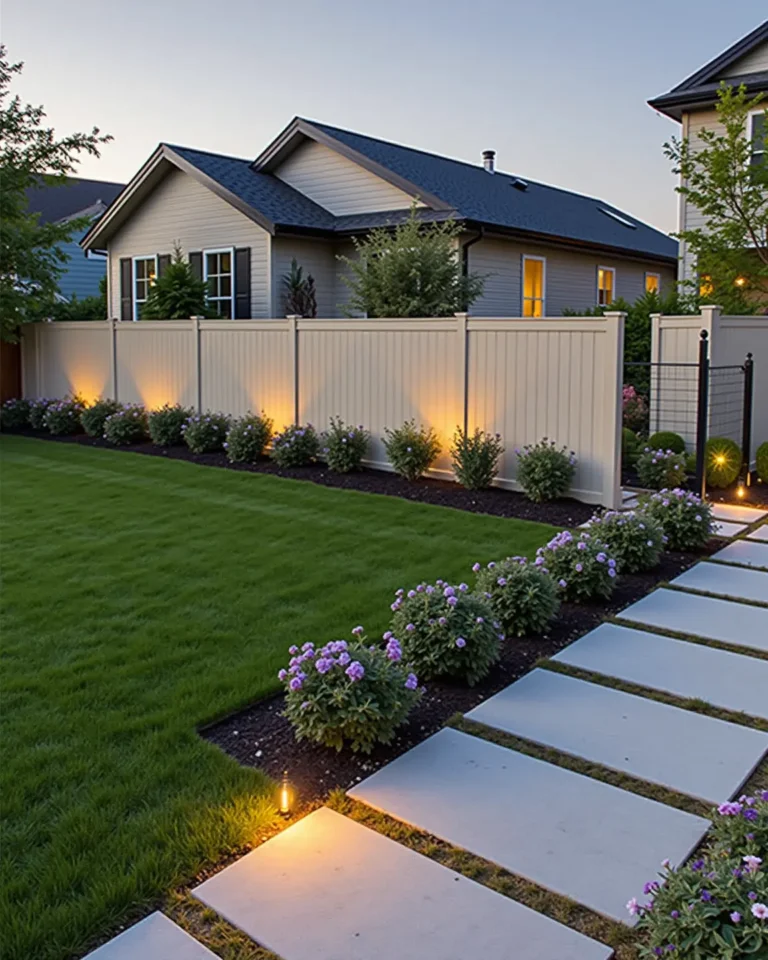Transform Your Garden with Sculptural Design Elements
Transform Your Garden with Sculptural Design Elements
Have you ever wandered through a garden and felt as if you had stepped into a storybook? The kind of garden where every turn unveils new wonders, where each element serves to inspire? Now imagine if your garden could evoke such feelings—inviting, vibrant, and filled with character. This can be achieved through the magic of sculptural design elements, transforming an ordinary outdoor space into an extraordinary haven.
The Power of Sculptural Design Elements
Sculptural design elements in the garden serve a purpose beyond mere aesthetics. They act as focal points, drawing the eye and enhancing the overall atmosphere. Think of a graceful statue nestled amidst blooming flowers or a striking trellis framing the entrance to a serene pathway. Such elements bring artistry into nature, creating a dialogue between the man-made and the organic. But how do you introduce these features into your garden? Let’s explore that together.
Start with a Vision
The journey towards an enchanting garden begins with vision. Picture this: you’re standing in your backyard, gazing at an empty canvas. What do you want to feel when you step outside? Do you envision a tranquil retreat filled with lush greenery and whispers of the wind or a vibrant sanctuary buzzing with life? Creating a mood board with images of gardens that inspire you can help clarify your goals. Remember, every great design starts with a story.
Selecting the Right Sculptural Elements
Now that you have your vision, it’s time to select the sculptural elements that will bring it to life. Here are some ideas:
- Statues: Choose figures that resonate with your personality or embody themes important to you. Whether it’s a classical statue of a deity or a playful animal sculpture, each piece tells a tale.
- Water Features: A fountain or pond not only serves as a sculptural element but offers soothing sounds and attracts wildlife—an invitation to nature.
- Decorative Trellises: A beautifully designed trellis supports climbing plants while creating architectural interest—think of it as nature’s own artwork.
- Garden Orbs and Spheres: These round figures can be made from various materials and can be used to create an ethereal, whimsical touch.
Integrating Sculptural Elements into Your Garden Design
Once you’ve chosen your elements, consider how to integrate them harmoniously into your garden. Position sculptures based on their scale and the overall layout of your garden. Here’s how:
- Focal Points: Place your larger sculptures at the end of a pathway or at the focal point of a seating area to draw attention.
- Layering: Use plants to enhance sculptural elements. Surround a statue with flowers that frame it beautifully without overpowering it.
- Lighting: Thoughtful lighting can elevate the beauty of your sculptures. Solar lights can create a stunning ambiance at night, turning your garden into a magical space.
Maintaining Your Sculptural Elements
The journey of transformation doesn’t end once your sculptural elements are in place. Regular maintenance is key to ensuring they continue to look their best. Clean statues periodically, check for any damages, and ensure that water features are free of debris. This diligence will ensure that your garden remains a captivating retreat for years to come.
Conclusion: Your Garden, Your Masterpiece
Transforming your garden with sculptural design elements is not just about adding decoration; it’s about creating an immersive experience that reflects your personality and style. Just like the most captivating stories, your outdoor space should invite exploration and provoke emotion. So, grab your gardening gloves and start sculpting your own enchanting landscape today!
Frequently Asked Questions (FAQ)
What type of materials are best for garden sculptures?
Common materials include stone, metal, concrete, and glass. Each brings a different aesthetic and durability to your garden.
How can I choose the right size sculpture for my garden?
Consider the scale of your garden and the surrounding plants. A larger garden can accommodate bigger sculptures, while smaller gardens may benefit from smaller pieces to avoid overwhelming the space.
Do I need to hire a professional for installation?
It depends on the size and complexity of the sculpture. Smaller pieces can usually be installed on your own, while larger installations may require professional assistance.
How can I incorporate sculptures into a Small Garden?
Focus on vertical space with tall sculptures or wall-mounted art. Use multi-functional features, like a trellis that supports plants and doubles as a design element.
What’s the best way to light garden sculptures?
Opt for low-voltage landscape lighting, solar path lights, or uplighting to highlight your sculptures at night while creating a magical atmosphere.
“
